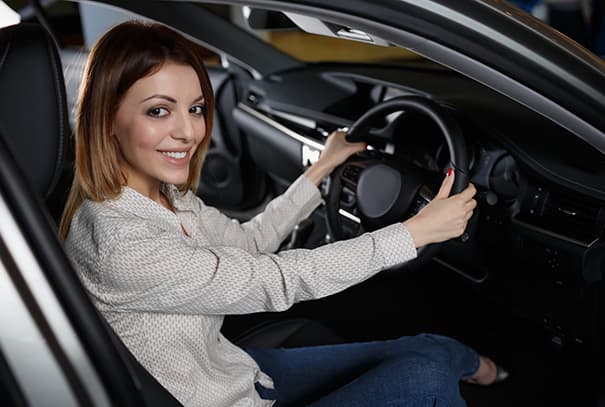An analysis of the most pressing concerns based on insights from 1,000 UK business leaders.

Automotive businesses will have to adapt their business models to allow for social distancing, with a likely rise in ‘unaccompanied test drives’ to protect dealership employees and customers.
Leon Bosch, Managing Director, Gallagher Automotive, shares his insight on unaccompanied demonstration use, and the considerations and potential risks.
Many automotive businesses may be unaware that their Motor Trade insurance policy does not cover unaccompanied demonstration cover as standard. It can be considered by your Insurer (as an extension to the policy), so it is best to contact your insurance broker to check this should you wish to conduct these.
Whilst the DVLA still expects the garage/dealer owners to do everything in their remit to prevent the trade plates being stolen, similar considerations need to be considered about the vehicle itself, in that Insurers will expect similar measures to be in place given the increased vehicle theft exposure. So you need to consider some of the following points when enquiring about unaccompanied demonstration cover with you insurance broker:
- Insurers will consider each enquiry on their merit so be prepared to share your proposed process and risk control measures, that you will establish to help mitigate the risk and prevent theft of the vehicles.
- Insurers may apply additional terms to the policy specific to this cover – including things like a theft exclusion, increased excesses, etc.
- Insurers may apply additional premiums given the increased exposure of having unknown customers driving your vehicles.
If your Insurer agrees to extend your motor trade policy to include unaccompanied demonstration cover, there will be other requirements that you will need to adhere to in order to maintain the cover.
Based on prior experience in arranging this cover, some of these requirements are highlighted below, but may be adapted for the current situation we find ourselves in:
- Always inspect the driver's physical licence before agreeing to it – never accept photocopies.
- Confirm the information by asking them to obtain a 'driving licence code' that will allow you read-only access to their driving
- You should only allow an unaccompanied demonstration if the driver:
- is between 25 and 70 years of age
- has held a full British driving licence, valid for the vehicle in question, for at least one year (some ask for 3 years)
- has not been involved in more than one collision or other motoring incident for at least three years
- has no convictions under the Road Traffic Act and has less than six penalty points
- is not awaiting prosecution for any criminal offence (except for parking or speed offences, unless there is more than one)
- The driver should also verify their identity with at least one other document with photo ID, in addition to their driving licence.
- The driver should allow you to hold on to either their current vehicle’s keys or (where this is not possible) their original documents as security
- Keep a record of all the information gathered about unaccompanied demonstrations for six months or, if a claim is made, the period that relevant insurers specify.
- Before allowing the prospective purchaser to drive the vehicle alone ensure they are confident in using the vehicle controls and any security devices.
As an alternative option, there are daily-rated insurance providers out there that you can use independently from your main motor trade insurance policy, which can provide you with the cover you require to carry out unaccompanied demonstrations. In these challenging times a specialist insurance broker can identify potential areas and types of insurance that business could consider reviewing to help reduce costs.


